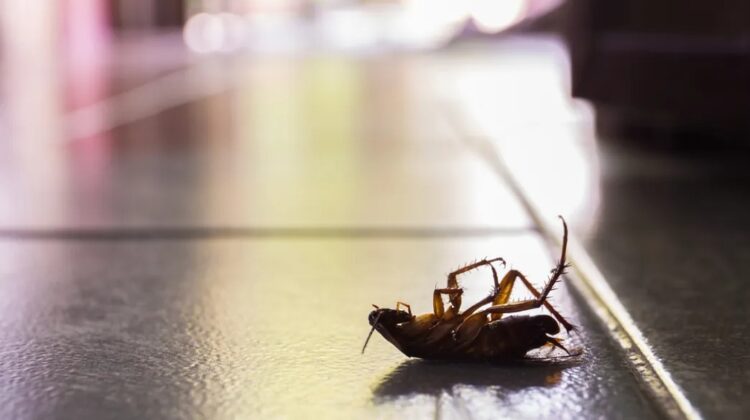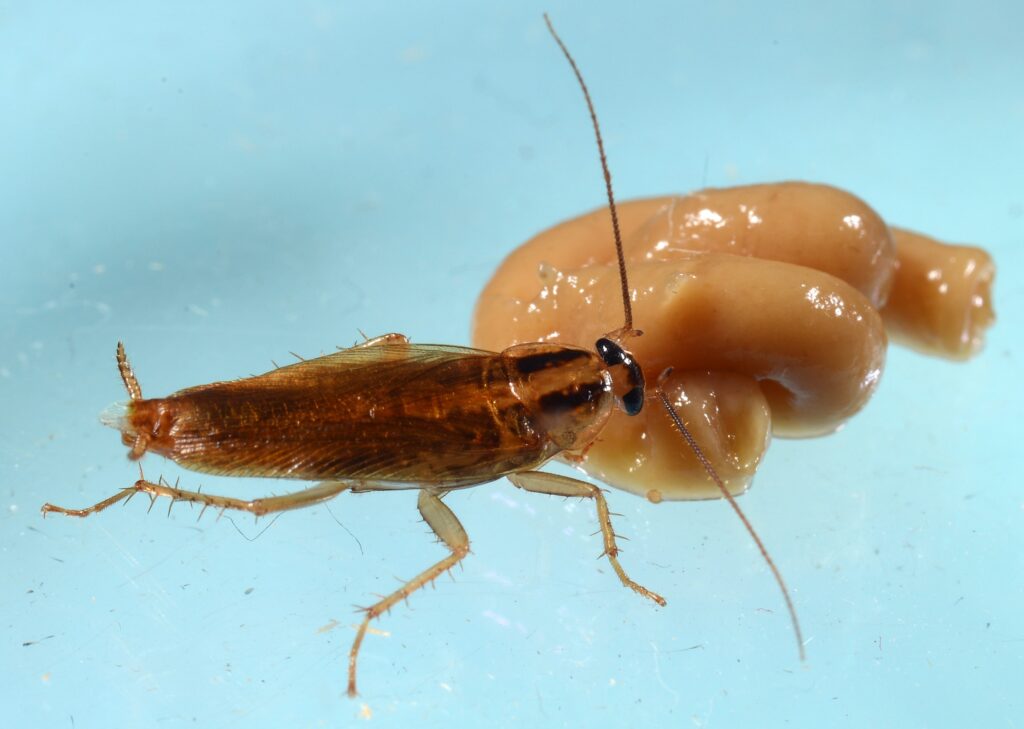
The superbug cockroach is on the rise. According to a new study, German cockroaches (Blattella germanica) are rapidly evolving to become resistant to many commonly used bug sprays and insecticides, as well as chemicals to which they have never been directly exposed, making them nearly impossible to eradicate and one step closer to taking over the world.
Surprisingly, the study published in Scientific Reports found that tiny scurrying pests can evolve resistance within a single generation. Others developed cross-resistance, which means they developed tolerance to a normally toxic drug simply by coming into contact with a similar type of pesticide.
“We had no idea something like that could happen so quickly, “Purdue University Department of Entomology lead author Michael Scharf said in a release.
“We’d see resistance quadruple or sixfold in only one generation.””
Over a six-month period, the researchers evaluated various treatments of three pesticides – abamectin, boric acid, and thiamethoxam – in multiple cockroach-infested residences in Indiana and Illinois. Three different pesticides were alternated each month for three months in one treatment and then repeated. For six months, they applied two pesticides from separate classes. In the third experiment, they chose an insecticide against which cockroaches had a low level of beginning resistance.

Regardless of the chemical combinations used, the researchers were unable to lower the cockroach population. Populations rose by roughly 10% in the single insecticide treatment as individuals began to evolve resistance. Despite the two insecticide treatments, cockroach populations increased. The three-pronged approach kept the cockroach population stable, but it was unable to reduce it.
They later confirmed these findings using scientific tests. The findings revealed that a significant proportion of the cockroaches and their offspring had become “basically immune” to a certain class of insecticide.
Cockroaches can produce up to 50 offspring during their three-month reproductive cycle, therefore only a small percentage of their offspring must gain cross-resistance, live, and reproduce for a population to recover and thrive within a few months.
For good reason, this insect order is reviled. They carry a slew of infections, including E. coli and salmonella, as well as asthma-inducing allergens. They also dwell exclusively in human habitats, putting them at risk of becoming a disease vector.
While cockroaches are still susceptible to a solid stomp of the foot, this new study suggests that humans should be more cautious when it comes to pest management. According to the researchers, their findings emphasize the importance of combining chemical treatments with traps, enhanced sanitation, and vacuums to manage cockroaches rather than depending alone on insecticides.
“This is a hitherto unknown challenge in cockroaches,” Scharf concluded. “Cockroaches gaining resistance to various types of pesticides at the same time will make chemical control of these pests nearly impossible.”

Leave a Reply